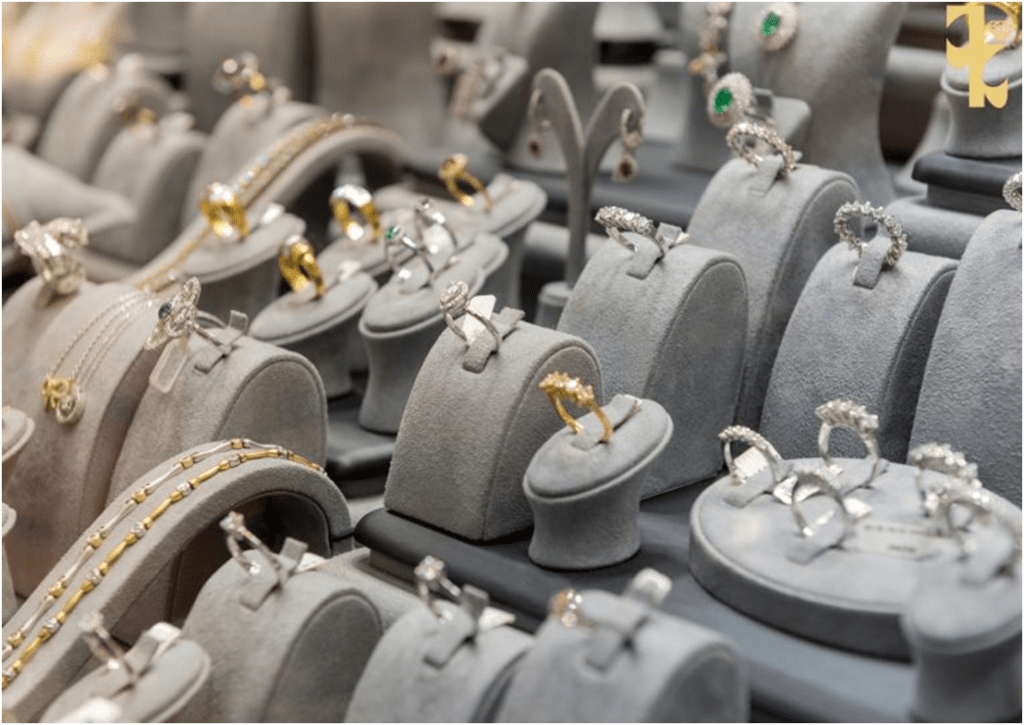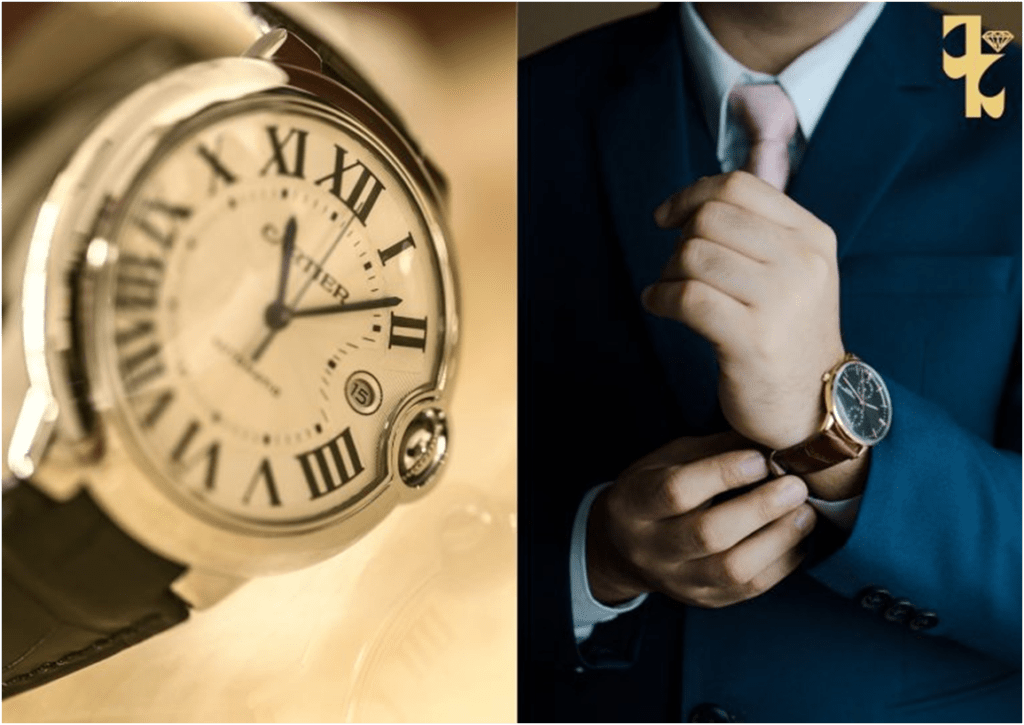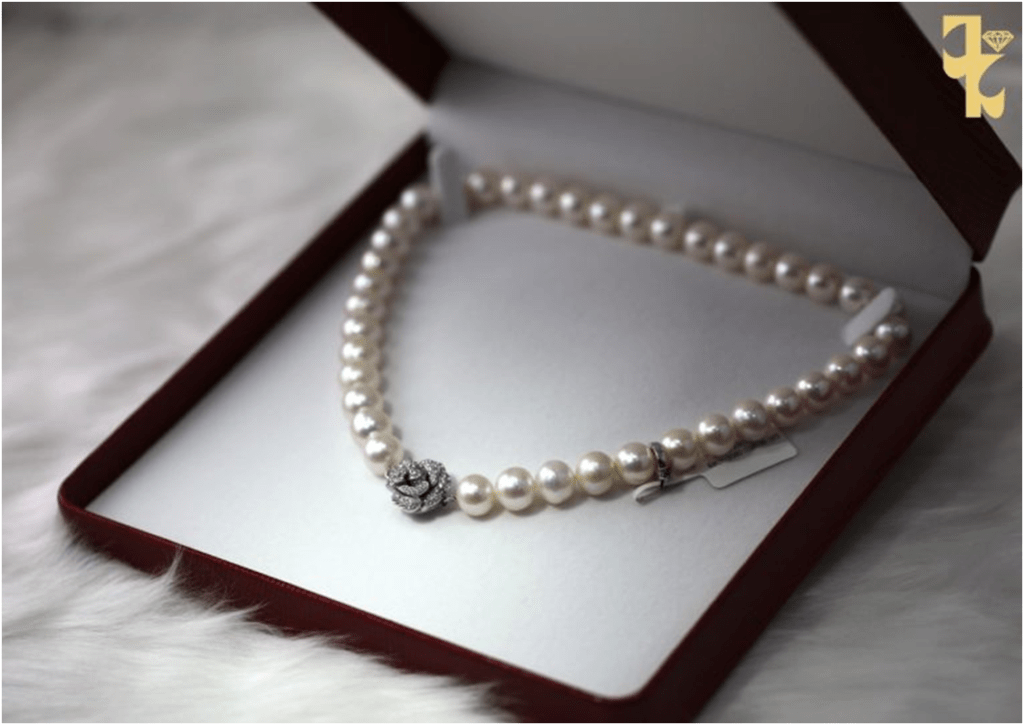We have all heard of the phrase “Consumer is King”. Consumer psychology is the study that explains why “consumer is king”. To put it in simple words, it studies factors that influence decision-making and the emotions that are associated with purchasing a product or a service. This field combines elements of psychology, sociology, marketing, and cultural anthropology to better understand the motivations and emotions that drive jewelry purchases.
In the gems and jewelry industry, the key drivers of consumer behavior include personal style & preferences, social status, cultural and symbolic meanings, and perceived value.

Emotions & Decision-making :
Talking of emotions, jewelry purchases trigger emotional responses such as feelings of self-expression, love, celebration, and sentimentality. Understanding these psychological drivers can be useful for jewelry marketers. It helps in developing targeted campaigns and appealing product offerings.
For instance, De Beers, a premium world class diamantaire, popularized the custom of exchanging diamond engagement rings in the United States. Diamonds became the symbol of wealth, power, and romance because of an excellent, multifaceted marketing strategy designed and executed by an ad agency N.W. Ayer.
The iconic phrase “A Diamonds is Forever” has appeared in every single De Beers advertisement since 1948 associating diamonds as a symbol of love and commitment, influencing decision-making.
Personal style and taste are important factors of consumer behavior. Individuals prefer to wear jewelry that expresses their unique style and personality, which can span from classic and timeless pieces to modern contemporary designs. Some of our recent and renowned alumni start ups reflect on this factor: Anushka Jain Jewelry, Lotus Ssutra, Artesa & co and more.
Another key component influencing jewellery buying is social standing or status. Jewelry is considered as a symbol of wealth and success by certain consumers, and wearing certain brands or styles can convey social standing or affinities.
Authentic Louis Vuitton bags are handmade from experienced craftsmen who take pride in producing impeccable products from only the finest and highest quality materials. The brand is synonymous with luxury, exclusivity and high-quality, which create high demand in the market for its products. Cultural and symbolic significance influence jewellery purchases. Jewelry can be viewed as a form of self-expression and additionally a way to honor cultural traditions, beliefs, and heritage. Waman Hari pethe Jewelers are an inspiration to take note from as they have dominated the market for traditional Maharashtrian jewelry. Their wedding pieces such as Mangal sutra, Zodve, Nath etc. which are frequently worn as a symbol of love and commitment.

Perceived value is considered primarily when purchasing jewelry. Customers frequently spend more on jewelry that they consider to be of exceptional quality, one-of-a-kind piece, or handcrafted. This can be influenced by factors such as the materials used (for example, gold or diamonds), the design, or the brand’s reputation.
Many Cartier watches retain their value, and several will be valued greater on the preowned market than when they were purchased. It also helps with resale value if they are kept with their original box and documentation.

Less is more when it comes to exclusivity. Luxury products are frequently considered as rare and unique, and are only available to a handful number of people. Customers may be drawn to luxury products owing to the sense of exclusivity they create.
Mikimoto Pearls a Japanese company specializes in creating pearl jewelry from Akoya pearls and has pioneered culturing pearls since 1893 and is now the biggest name in luxurious, high-quality jewelry featuring cultured pearls given its exclusive nature.

To recap, understanding consumer psychology can help businesses create targeted campaigns and attractive product offerings. By considering the personal, cultural, and emotional aspects of jewelry purchases, they can understand their consumers’ needs and desires better and design products that resonate with their target population.
